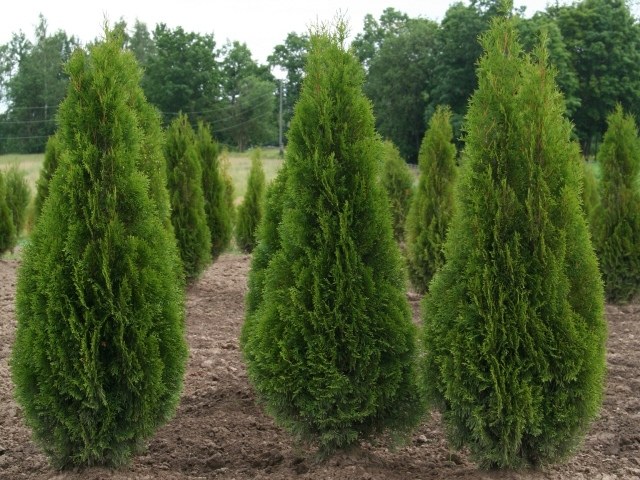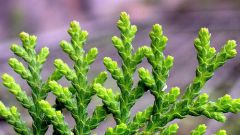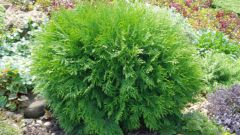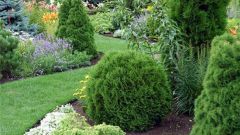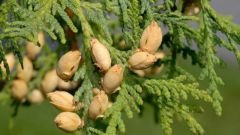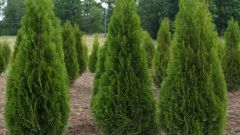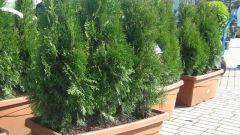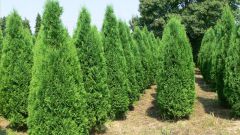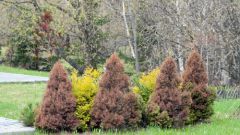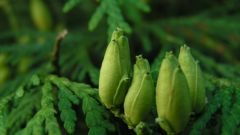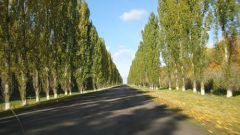You will need
- - Drainage;
- loam;
- - sand;
- - peat;
- spray gun;
- - complex fertilizers;
- - peat, compost, bark or sawdust;
- - covering material or spruce branches;
- - secateurs.
Instruction
1
Starts caring for junipers with a proper fit. This plant loves light, but it is not recommended to plant shrubs on the site, fully illuminated by the sun since it may cause dehydration (due to dehydration thuja may not survive a cold winter). Ideal for planting arborvitae is the penumbra. Pay special attention to the soil. The plant thrives in moist soils with a well-organized drainage system.
2
Planted shrubs arborvitae in the spring. If you bought seedlings with closed root system, then plant them at any time. In the presence of moist and too heavy soil on the site lay on the bottom of the pit drainage layer and humus, mixed with sand and peat. Root neck should not be raised above the surface or too deep. If you successfully landed, you can say that most of the work done and further treatment will require minimal efforts.
3
Within one month after the planting activities should irrigate once a week. One Bush required a bucket of water (preferably defend, not cold). If you put TUI in the dry season, increase the water portion to one and a half buckets per plant, and you are only watering twice a week. TUI generally may not require moisture when close to the surface of the soil passing the ground water, but in this case there is a risk of infection by Fusarium shrubs.
4
Young seedlings need moisture, the crown. In the hot season make irrigation with spray, it should be done in the morning or evening so the sun didn't burn the plant. A year after landing craft TUI fertilizing with liquid organic fertilizer or compound fertilizer for coniferous plants.
5
Periodically loosen soil. Because the root system is shallow TUI located, and the loosening is better to produce no deeper than 10 inches. Protect the root system of the green favorites from drying out, freezing or overheating. Use as mulch peat, compost, sawdust or bark. The thickness of the layer should be approximately 7 inches.
6
The first winter, covers the young plants from frost, and in spring from sunburn. For shelter better suited to a special covering material or spruce branches. It is not recommended to protect th materials that do not transmit light, as the process of photosynthesis in Tuy occurs even in winter. Adults planting do not need shelter. In the spring take a sapling or shrub dry shoots.
7
The first crop is produced on the second or third year in early summer (after the formation of buds and branches). On the ground the cutoff should not be dented, use a large pruner. The next pruning will be required at the end of August. As soon as the plant reaches a predetermined height, begin forming the crown. No need to cut more than a third of escape, otherwise thuja can weaken. In the winter, tie branches with rope to avoid damage under weight of snow.
